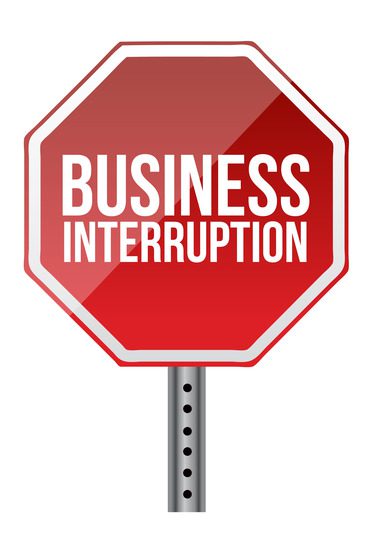Project management professionals are always on the lookout for ways to eliminate interruptions. It’s not uncommon for end users to regularly call with questions, stakeholders often stop by to pitch new requests, and hyper-involved sponsors may get in touch looking for frequent updates on the status of budget and other issues.
Considering how vigorously PMP®s try to eliminate distractions, it may come as a surprise to hear that they can sometimes actually help you and your project management team improve. If you take the time to examine when, how, and why interruptions occur, you may uncover new opportunities to boost the Project Team’s performance as well as the satisfaction level of its customers.

Look at your communication channels. If end users or vendors are constantly calling you when they should be calling someone else on the project team, or if they’re contacting you for information they should already have, it’s time to examine the structure of your communication channels. Have you distributed a contact list that clearly outlines the members of the team and which areas of responsibility each one oversees? Does your e-mail distribution list include all the stakeholders and sponsors for that specific project? By disseminating the right information initially, you can instill more confidence in stakeholders and reduce interruptions at the same time.
Evaluate if your data distribution should be push or pull. Much of the information shared by the project team falls into the “push” category. That means they push data out to stakeholders, collaborators, and sponsors. Information may go out on a regular timetable or it may be sent only when there’s something new to report. In either case, if your team is seeing a lot of interruptions related to incoming calls looking for data, it may be wise to consider changing your information sharing strategy. Look at ways to provide information on a pull basis, such as an FAQ page on the organization’s intranet that stakeholders can access. Making information available on demand will help your team eliminate unnecessary interruptions while also offering the Project Team’s customers a better experience.
Rethink your reach. Project teams often have a small number of stakeholders and sponsors they support on a recurring basis. Because of the regular contact you have with these individuals, you may be overlooking potentially beneficial partnerships with others. Do many of your interruptions involve one or two vendors? Are there a few sponsors that frequently contact you out of the blue? These people could be good additions to your regular circle of contacts, or it may be wise to add them to routine communications, even if they wouldn’t normally be included on your distribution list.
Consider your approach to time management. In some organizations, distractions are a way of life—the culture might encourage impromptu conversations or discourage closed office doors. If that’s the case, you and your team are swimming upstream if you continue putting your energies into eradicating interruptions from your day. A better approach may be to manage distractions in a way that enables you to make the most of your time. The best way to make this happen will be highly dependent on how you work, how the team collaborates, how stakeholders prefer to communicate, and how much sponsors like to be involved on a day-by-day basis. You may try setting office hours to subtly encourage contact during that time (leaving at least a portion of your day relatively uninterrupted). There’s also the potential to select an alternate work location to for occasional use—an empty desk, a conference room, your home office—where you know you can carve out some distraction-free time.

